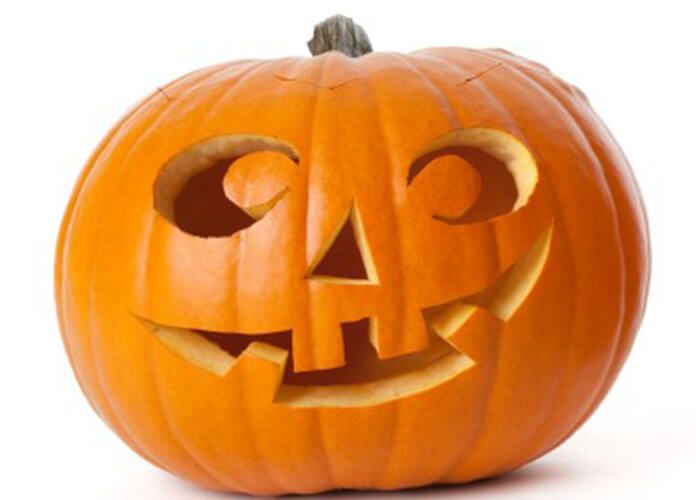Tips for Halloween Outreaches
Halloween is becoming a bigger and bigger event in our culture, and many churches take advantage of it for community outreach. I have been a part of many such events, big and small. Here are a few thoughts if you are doing one.
Start from the Purpose
This should be true of any ministry, but be clear on the purpose of the event. This should be the starting point of your planning. “We’ve always done it” is not a purpose. Know what you want to accomplish, and plan everything in light of that goal. Also, consider how you will be able to measure the success of the event. How will you know if you achieved your goal? Be sure the vision is clearly shared with your workers.
There are a number of reasons to hold an event like this. Here are just a few examples:
- Provide an alternative for believers who have concerns about participating in Halloween celebrations.
- Creating a fun, community-building event for church members.
- Build relationships with people in the community.
- Evangelistic outreach
Each of these would lead to drastically different decisions during the planning phase. Don’t just do what your “supposed to do” for a Halloween event. Do only what helps you achieve your specific goals.
Choosing a Day
When will you have your event? Depending on your purpose and the community where you are located, it may or may not be a good idea to compete with trick-or-treating. For example, if you’re trying to bring in people from your community, and trick-or treating is popular in your area, it would probably be a bad idea to make people choose between taking their kids trick-or-treating and attending your event. However, in other areas, parent’s may welcome a safe alternative activity for their kids. If you are providing an alternative to trick-or-treating, don’t skimp on the candy! You don’t want kids to regret coming to your church’s event.
I’ve seen events work well both ways. It all depends on your specific situation.
Scheduling
Many events include a big program at the end. (Like, just to pick a random example, a magic show! :) ) This is often where the main message content is presented. The end of the event is not always the best time to schedule this program. If you have a longer event, say several hours, where people come and go, many who come at the beginning will leave before the final program begins. If you do choose to have a single main program, it may be best to schedule it in the middle of the event. People who come early can stick around, and those who come later won’t miss it.
Another option is to have multiple programs. For example, there could be an opening and a closing program. Or there could be multiple programs going on throughout the event. For example, I’ve done events where I do a 15 to 20 minute program every half hour throughout the event. That way, people can see the program no matter when they come to the event.

